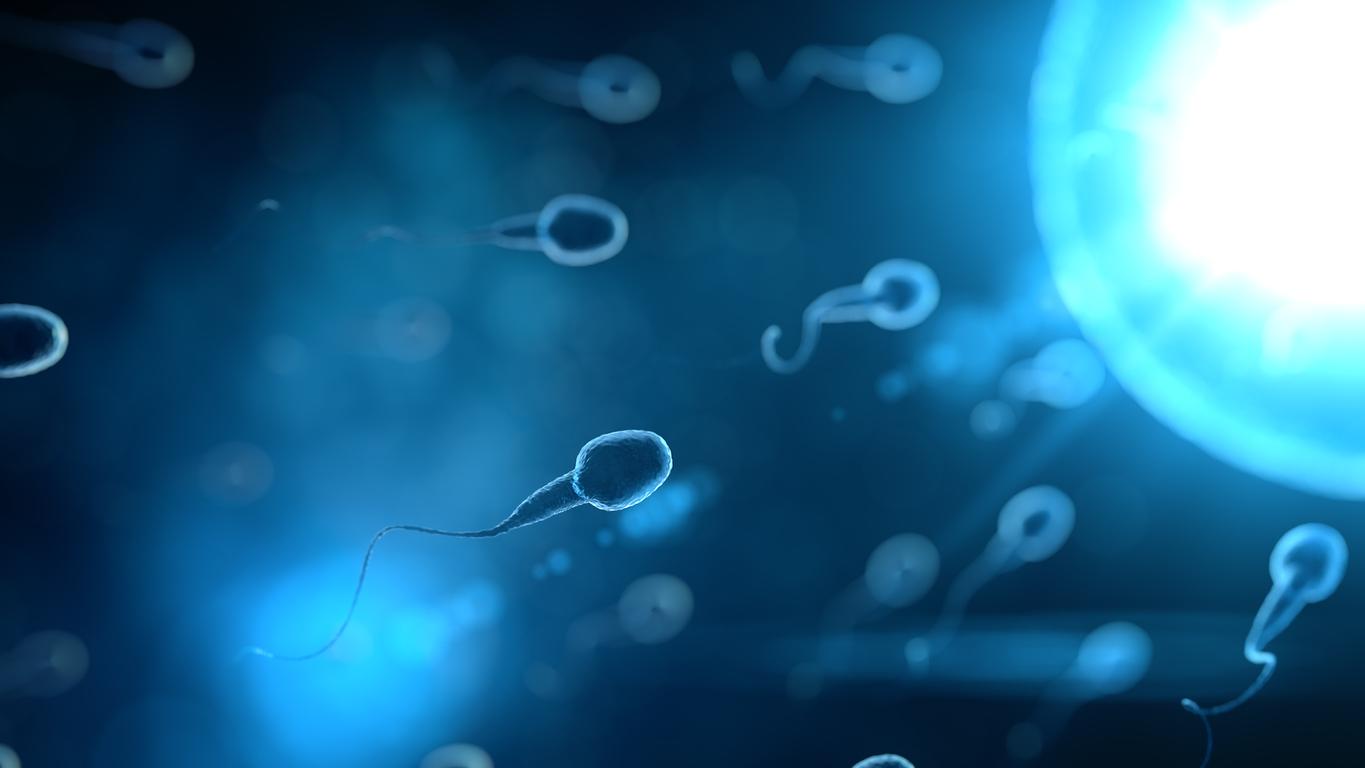A boy facing a post-traumatic stress(PTSD) will not be affected in the same way as a girl. The reason for this difference between the sexes would be in the brain. The team of Dr Megan Klabunde from the Stanford University school of medicine in the United States explains it in a study in the journal Depression and anxiety. They conclude that boys and girls experiencing post-traumatic stress syndromes –nightmares, anxiety, sleep disturbances, flashbacks, persistent negative emotions etc – show a difference in the structure of an area of the brain. This region, located in the cerebral cortex, is called the singular cortex or insula.
If its role is still poorly understood, the insula would be linked to emotions, and in particular empathy, disgust, fear and pain.
In girls confronted with post-traumatic stress this insular cortex would be much smaller in size than in boys also affected by PTSD.
The researchers put forward the hypothesis that in girls, the trauma would promote accelerated aging of the insula, explaining this difference in volume and size.
Post-traumatic stress to be treated differently according to gender
The data was obtained after analysis of the brains of 59 children. 14 girls or 16 boys had suffered from at least one episode of stress, while 15 girls and 14 boys had never experienced any trauma.
This observation suggests that in the face of post-traumatic stress, girls and boys develop distinct symptoms which should encourage health professionals to adapt care according to gender.
Read also: Post-traumatic stress: an increased risk of stroke in women
Mindful meditation for post-traumatic stress
Paris attacks: a therapy tested against post-traumatic stress

















